By Christopher Miskimon
The United States Navy entered World War II well before Pearl Harbor and long before the rest of the nation. With the conflict only four days old, President Franklin Roosevelt established a security zone in the Western Atlantic and directed the Navy to patrol it. Though officially named the Neutrality Patrol, one of its main functions was to report the presence of German ships or submarines so word could be passed to the British Royal Navy. Before long, American destroyers were trading depth charges against German torpedoes, eventually resulting in the loss of the destroyer USS Reuben James on October 31, 1941. Meanwhile, in July 1940, a 25-ship task force occupied Iceland, the first U.S. task force to see foreign service during the conflict.
Despite this initial action, the Navy was woefully unprepared for what was coming. To redress this imbalance, on July 19, 1940, Congress passed the Two Ocean Navy Act, which added 18 aircraft carriers, seven battleships, 33 cruisers (including six battlecruisers), 115 destroyers, 43 submarines, and 15,000 aircraft, increasing the Navy’s size by 70 percent. The act provided the basis for the fleet that carried America to victory in the war, but it would take time to get all these ships and aircraft built and into service.
 The Navy expected the war to start about the time it did, but it was surprised that it began at Pearl Harbor. Despite the losses there, the Pacific Fleet was not as badly crippled as many believe. The fleet’s three carriers survived, and the older battleships lost in Hawaii were woefully ill-equipped to survive a modern, airpower-based conflict. What did hurt the Pacific Fleet was being badly outnumbered by the Imperial Japanese Navy, which proved able to quickly rout America’s small Asiatic Fleet assigned to protect the Philippines and then conduct multiple operations concurrently. Despite a lack of numbers, the offensive-minded American admirals used what they had to resist Japanese advances. The resulting battles at Coral Sea and Midway stopped Japan’s offensive and allowed the United States to mount its own attack at Guadalcanal in August 1942.
The Navy expected the war to start about the time it did, but it was surprised that it began at Pearl Harbor. Despite the losses there, the Pacific Fleet was not as badly crippled as many believe. The fleet’s three carriers survived, and the older battleships lost in Hawaii were woefully ill-equipped to survive a modern, airpower-based conflict. What did hurt the Pacific Fleet was being badly outnumbered by the Imperial Japanese Navy, which proved able to quickly rout America’s small Asiatic Fleet assigned to protect the Philippines and then conduct multiple operations concurrently. Despite a lack of numbers, the offensive-minded American admirals used what they had to resist Japanese advances. The resulting battles at Coral Sea and Midway stopped Japan’s offensive and allowed the United States to mount its own attack at Guadalcanal in August 1942.
The waters around Guadalcanal proved a cauldron of combat and struggle. In the end, the U.S. Navy emerged victorious, but it took heavy losses and had to learn hard lessons, such as how to fight at night and coordinate the employment of both land- and sea-based airpower. Despite losing more ships than the Japanese, U.S. strength grew. The ships authorized under the Two Ocean Navy Act began to arrive. In the Atlantic theater, the Navy took the lead against the U-boat menace and provided major warships both to augment the British and to support operations in North Africa and the Mediterranean. The Navy also built the vast amphibious ships and landing craft that enabled ground forces to get ashore.
By 1944-1945, the U.S. Navy was on the offensive on both fronts and would stay that way. It supported the major amphibious invasions at Normandy and Southern France while simultaneously destroying what was left of the Japanese Navy. It also supported numerous amphibious assaults in the Pacific, combatted the Kamikaze threat, and destroyed the Japanese merchant fleet. There was no victory possible in World War II without the United States Navy.
This success came through well-trained sailors, an ability to adapt, and excellent warships. Technical and personnel excellence were required and achieved, and the technical aspects of this equation are the primary focus of The United States Navy in World War II: From Pearl Harbor to Okinawa (Mark E. Stille, Osprey Publishing, Oxford, UK, 2021 304 pp., maps, photographs, notes bibliography, index, $35.00, hardcover).
The book contains chapters covering the navy’s operations, tactics, and an appraisal of its performance. These chapters are all excellent and convey the author’s own naval service. They are insightful and clear. The bulk of the text is devoted to the technical and service details of the Navy’s ships, with chapters devoted to each major ship type: aircraft carriers, battleships, and cruisers down to destroyers and submarines. The book is extensively illustrated with photographs, artwork, maps, and tables. It is an excellent resource on the United States Navy during the war and a primer on the ships their crews sailed into battle.
 Proud Warriors: African American Combat Units in World War II (Alexander M. Bielalowski, University of North Texas Press, Denton, TX, 2021, 352 pp., maps, photographs, notes, bibliography, index, $29.95, hardcover)
Proud Warriors: African American Combat Units in World War II (Alexander M. Bielalowski, University of North Texas Press, Denton, TX, 2021, 352 pp., maps, photographs, notes, bibliography, index, $29.95, hardcover)
The 758th Tank Battalion, comprising African American soldiers, arrived in Italy in November 1944. The high command attached the battalion to the 92nd Infantry Division, also an all-African American unit, where it remained for the rest of its time in combat. Equipped as a light tank battalion, its soldiers used the M5 Stuart light tank. Armed with a small 37mm cannon and several machine guns, the M5 was effective at supporting infantry but was obsolete against enemy tanks and antitank weapons. When the division tried to cross the Cinquale Canal with a task force, Lieutenant William Hannah’s tank took a direct hit from a panzerfaust. His driver, Samuel Beery, died instantly, but two other wounded crew members managed to get out of the vehicle, where Hannah carried them to safety before being hit be enemy fire and killed. Hannah received a posthumous Silver Star for his heroism.
This is just one of the many accounts in this new book. The author provides a detailed primer on the service of African American soldiers during the war, a subject that still receives only occasional attention. This work covers all the branches of service, including the Coast Guard, and delves into sub-branches such as infantry, armor, and artillery, as well as aviation.
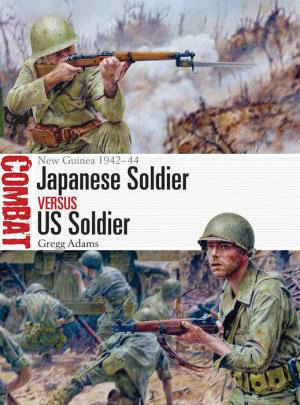 Japanese Soldier versus US Soldier New Guinea: 1942 – 44 (Gregg Adams, Osprey Publishing, Oxford, UK, 2022, 80 pp., maps, photographs, bibliography, index, $22.00, softcover)
Japanese Soldier versus US Soldier New Guinea: 1942 – 44 (Gregg Adams, Osprey Publishing, Oxford, UK, 2022, 80 pp., maps, photographs, bibliography, index, $22.00, softcover)
Australia and the Dutch East Indies administered the island of New Guinea when the Japanese invaded in March 1942. They quickly occupied Rabaul and threatened Port Moresby. The Allies rushed American troops there, where they spent nearly two years forcing the Japanese back. On New Guinea, Americans first discovered the vast cultural and psychological differences between themselves and their opponents, things that made the war even more brutal and unforgiving. U.S. National Guard Divisions withstood the worst of the fighting, as they were the best units available early in the war. They fought Japanese units at Buna in later 1942–early 1943, Biak from May–August 1944, and at the Driniumor River during July and August 1944.
This new volume in Osprey’s Combat Series compares the U.S. National Guard troops to the Japanese soldiers occupying New Guinea. Aside from the battlefield accounts, the author assesses each side’s tactics, equipment, weapons, training, logistics, and leadership. The book is lavishly illustrated, including several works of original art and detailed maps. The work concludes with insightful analysis and a summary of each side’s successes and failures along with the outcome and its effects.
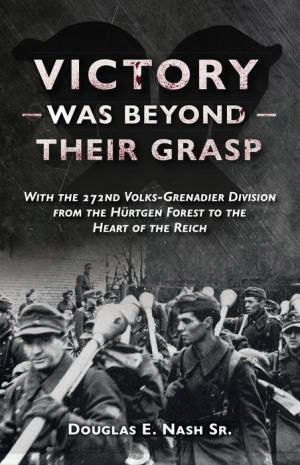 Victory Was Beyond Their Grasp: With the 272nd Volks-Grenadier Division from the Hurtgen Forest to Heart of the Reich (Douglas E. Nash Sr., Casemate Books, Havertown, PA, 2021, 374 pp., maps, photographs, appendices, notes, bibliography, index, $24.95, softcover)
Victory Was Beyond Their Grasp: With the 272nd Volks-Grenadier Division from the Hurtgen Forest to Heart of the Reich (Douglas E. Nash Sr., Casemate Books, Havertown, PA, 2021, 374 pp., maps, photographs, appendices, notes, bibliography, index, $24.95, softcover)
The Volks-Grenadier Divisions were among Germany’s last hopes during World War II. Often confused with militia units such as the Volkssturm, they were actually intended as elite units loyal to the Nazi party. Within the 272nd Volks-Grenadier Division, there existed a unit designated Fusilier Company 272, created from the remnants of a battalion destroyed in Normandy in August 1944. The company functioned as the division’s “fire brigade,” used wherever the fighting was at its worst. It saw action in the Hurtgen Forest, one of the most difficult campaigns in the West, and then during the long retreat into Germany during the last few months of the war.
This book is the product of a unique set of documents acquired by the author soon after the Cold War ended. Extensive records of the unit, its members, and its actions reveal much about the Volks-Grenadier divisions and their operations. The author’s further research filled in additional details, making the book an interesting study of a small German unit in combat. An expanded photo insert contains many images from unit veterans alongside battlefield photographs.
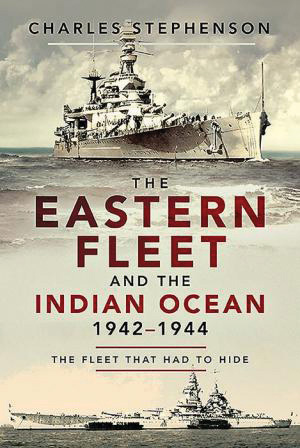 The Eastern Fleet and the Indian Ocean 1942 – 1944: The Fleet that Had to Hide (Charles Stephenson, Pen and Sword Books, South Yorkshire, UK, 2022, 320 pp., maps, photographs, notes, bibliography, index, $42.95, hardcover)
The Eastern Fleet and the Indian Ocean 1942 – 1944: The Fleet that Had to Hide (Charles Stephenson, Pen and Sword Books, South Yorkshire, UK, 2022, 320 pp., maps, photographs, notes, bibliography, index, $42.95, hardcover)
The Royal Navy’s Eastern Fleet, which protected the British Empire’s territories in the Indian Ocean, was the largest fleet deployed by the United Kingdom during World War II until 1945. Because of tactical deficiencies at the beginning of the war, it had to fight defensively for much of its service. The inspired leadership of its commander, Admiral Sir James Somerville, reinvigorated the force, kept it together, and eventually transitioned the Eastern Fleet back into an offensive role in 1944. It formed the nucleus of a powerful British Pacific Fleet, which in 1945 sailed alongside the U.S. Navy to complete the defeat of Imperial Japan. Along the way the fleet carried out notable operations such the invasion of Madagascar and the destruction of Axis shipping at Goa.
The Eastern Fleet is relatively unknown today since the operations in the Indian Ocean receive little coverage beyond the loss of the Prince of Wales and Repulse at the beginning of the war. This book addresses that imbalance with a thoroughly researched and detailed narrative. The author brings Eastern Fleet activities to the fore with good descriptions of its personalities, ships, and actions.
 The Virtuous Wehrmacht: Crafting the Myth of the German Soldier on the Eastern Front, 1941 – 1944 (David A. Harrisville, Cornell University Press, Ithaca, NY, 2021, 328 pp., appendices, notes, bibliography, index, $34.95, hardcover)
The Virtuous Wehrmacht: Crafting the Myth of the German Soldier on the Eastern Front, 1941 – 1944 (David A. Harrisville, Cornell University Press, Ithaca, NY, 2021, 328 pp., appendices, notes, bibliography, index, $34.95, hardcover)
Millions of German soldiers served on the Eastern Front during World War II, fighting in one of history’s most brutal and unforgiving campaigns. During that time, the German military took part in a large number of atrocities and war crimes. Millions of Soviet prisoners of war were starved and abused, millions of civilians were robbed, raped, and murdered, and the Jews of Eastern Europe were subjected to genocide. Despite all these reprehensible acts, German troops often maintained that they were engaged in a noble struggle, fighting honorably against the scourge of communism. In this claim, German soldiers were supported and encouraged by the Nazi government.
While the Soviets proved equally brutal in their behavior, this new book focuses on the German military, showing how the army high command cultivated the image of their soldiers as morally and ethically superior, developing arguments to explain and justify their actions. The author also demonstrates how this phenomenon arose during the war, rather than as a postwar whitewashing of events, such as that conducted by the Waffen-SS.
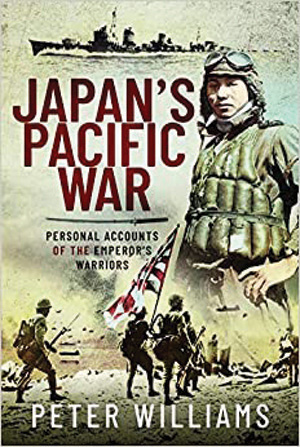 Japan’s Pacific War: Personal Accounts of the Emperor’s Warriors (Peter Williams, Pen and Sword Books, South Yorkshire, UK, 2021, 224 pp., maps, photographs, notes, index, $39.95, hardcover)
Japan’s Pacific War: Personal Accounts of the Emperor’s Warriors (Peter Williams, Pen and Sword Books, South Yorkshire, UK, 2021, 224 pp., maps, photographs, notes, index, $39.95, hardcover)
Takahiro Sato landed on a beach in Thailand and marched 1,000 kilometers to Singapore, fighting all along the way. A soldier of the Imperial Japanese Army’s 41st Regiment, he watched other soldiers ride bicycles or sit in passing trucks, but he marched the entire distance. They defeated the British and Indian troops they encountered easily, but at Gemencheh Bridge, Australians ambushed the unit. “That didn’t go so well,” recalled Sato. Rifle and machine-gun fire tore into the Japanese as grenades exploded all around. Sato’s officer led them forward, and soon he saw some Australians manning a machine gun. He aimed carefully at the most visible man and fired. The enemy soldier dropped from sight. Though the Japanese won the fight, Sato was unsatisfied; they found only a few Australian bodies, while over 100 Japanese lay dead.
The author spent years as a teacher in Japan, collecting veterans’ war experiences in his spare time. This book combines those interviews into an interesting and enlightening volume. Some of the veterans’ statements agree with accepted ideas about Japanese thoughts, motivations, and prejudices; others pointedly do not. The book puts a human face on the Japanese soldier, colored by culture but not by stereotypes.
 Red Army into the Reich (Simon Forty, Patrick Hook, and Nik Cornish, Casemate Books, Havertown, PA, 2021, 256 pp., maps, photographs, glossary, bibliography, index, $37.95, hardcover)
Red Army into the Reich (Simon Forty, Patrick Hook, and Nik Cornish, Casemate Books, Havertown, PA, 2021, 256 pp., maps, photographs, glossary, bibliography, index, $37.95, hardcover)
The war on the Eastern Front in World War II was an enormous and terrible experience. The vastness of the territory gave a scope to the fighting beyond that which many people are even capable of conceiving. The sheer size of the armies involved dwarfed those involved in any other theater during the war. The combat was unrelenting and often simply bestial; the sometimes-appalling weather only added to the misery. The civilian population shared that suffering along with the soldiers, and none of them could do much to alleviate the agony. German forces acted brutally, and the Soviets returned the favor when their offensives rolled into German territory in 1944-1945. Large Soviet attacks carried them all through Eastern Europe and into the heart of the Nazi homeland.
Casemate has published several coffee-table books on the war, and this latest volume carries the reader into the Eastern Front with clear writing, good maps, and lavish illustration. Many of the photographs are accompanied by images of how the scene they depict appears today. There is also a section at the end showing postwar monuments erected throughout the region.
 The Tiger from Poznan (Richard Siegert, Pen and Sword Books, South Yorkshire, UK, 2021, 140 pp., maps, photographs, appendices, $32.95, hardcover)
The Tiger from Poznan (Richard Siegert, Pen and Sword Books, South Yorkshire, UK, 2021, 140 pp., maps, photographs, appendices, $32.95, hardcover)
During World War II, Poznan served as a railroad junction and river crossing on the Polish-German border. When the Soviet Army neared the city’s outskirts in January 1945, Poznan’s 15,000-man garrison prepared for battle as the civilian populace was hastily evacuated. Most of these troops were infantry, but the city had a single Tiger I tank among its defenders. The crew of this tank took an active part in the defense, fighting against steep odds even after the tank was immobilized.
The author served in the crew of Poznan’s solitary Tiger tank. He is the only survivor of that crew since the tank’s driver died while trying to escape a Soviet POW camp soon after the war ended. Siegert spent four and a half years in Soviet captivity himself and later wrote this memoir for his family. Now his work is available to the general public, providing a glimpse of the life of a tank gunner on the Eastern Front during the war’s final months.
New and Noteworthy
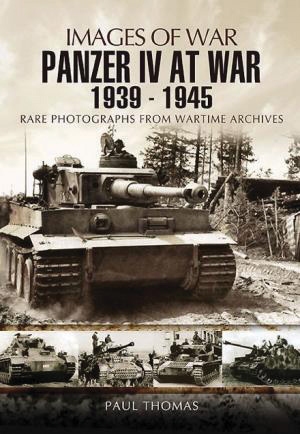 Panzer IV at War: 1939-1945 (Paul Thomas, Pen and Sword Books, 2021, $24.95, softcover). The Panzer IV served as Germany’s standard battle tank for most of the war. This book contains over 100 images of the vehicle throughout its service.
Panzer IV at War: 1939-1945 (Paul Thomas, Pen and Sword Books, 2021, $24.95, softcover). The Panzer IV served as Germany’s standard battle tank for most of the war. This book contains over 100 images of the vehicle throughout its service.
The Second World War Tank Crisis: The Fall and Rise of British Armour 1919-1945 (Dick Taylor, Pen and Sword Books, 2021, $39.95, hardcover). This study of British tank design details why British tanks had such a poor service record for most of the war. The author is the historian of the Royal Armoured Corps.
Battle for the Bocage Normandy 1944 (Tim Saunders, Pen and Sword Books, 2021, $42.95, hardcover). This book details the battles for Point 103, Tilly-Sur-Seulles, and Villers-Bocage. Many of the units involved were veteran outfits from North Africa and Italy.
I Will Protect You: A True Story of Twins Who Survived Auschwitz (Eva Mozes Kor, Little Brown, 2022, $17.99, hardcover). Doctor Josef Mengele experimented on 3,000 twins during the war. Only 160 survived. This book, aimed at young readers, reveals their ordeal.
P-47 Thunderbolt vs German Flak Defenses: Western Europe 1943-45 (Jonathan Bernstein, Osprey Books, 2021, $22.00, softcover). The P-47 served as one of the Allies’ premiere ground-attack aircraft. Their pilots fought a difficult battle against German antiaircraft units.
Tanks of D-Day 1944: Armour on the Beaches of Normandy and Southern France (Steven J. Zaloga, Osprey Books, 2021, $19.00, softcover). The Allies developed specialized equipment and tanks for breaching Fortress Europe. This book describes their deployment and battlefield performance.
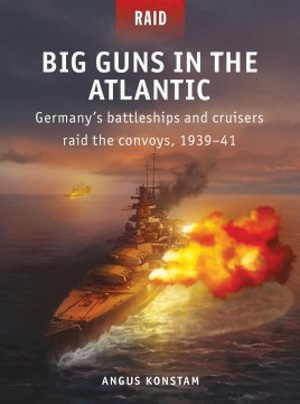 Big Guns in the Atlantic: Germany’s Battleships and Cruisers Raid the Convoys, 1939-41 (Angus Konstam, Osprey Books, 2021, $22.00, softcover). The German Navy conducted several raids with its large surface ships during the first few years of the war. These raiding missions culminated in the voyage of the Bismarck.
Big Guns in the Atlantic: Germany’s Battleships and Cruisers Raid the Convoys, 1939-41 (Angus Konstam, Osprey Books, 2021, $22.00, softcover). The German Navy conducted several raids with its large surface ships during the first few years of the war. These raiding missions culminated in the voyage of the Bismarck.
Atlantic Linchpin: The Azores in Two World Wars (Guy Warner, Seaforth Publishing, 2021, $29.95, hardcover). Situated in the middle of the Atlantic Ocean, the Azores were strategically located, first as a refueling station and later as an air base. This book sheds light on the islands’ wartime history.
Armoured Warfare and the Fall of France 1940 (Anthony Tucker-Jones, Pen and Sword Books, 2021, $24.95, softcover). The German Army demonstrated its prowess with tanks in the fields of France. This photobook reveals the intensity of the fighting.
War in the Balkans: The Battle for Greece and Crete 1940-1941 (Jeffrey Plowman, Pen and Sword Books, 2021, $24.95, softcover). This photobook covers the entire Balkan campaign, from the Italian invasion of Albania to the German airborne assault on Crete.
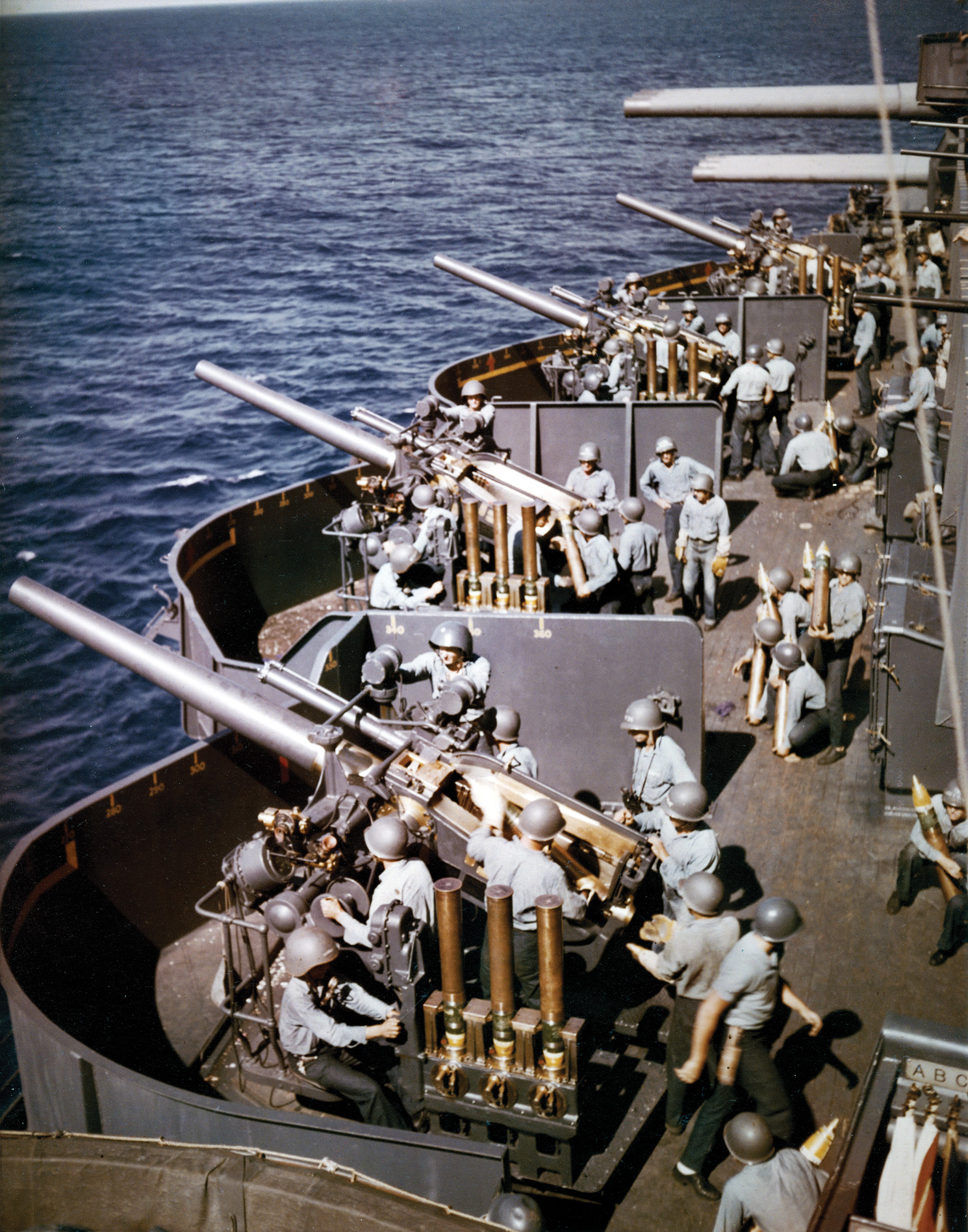
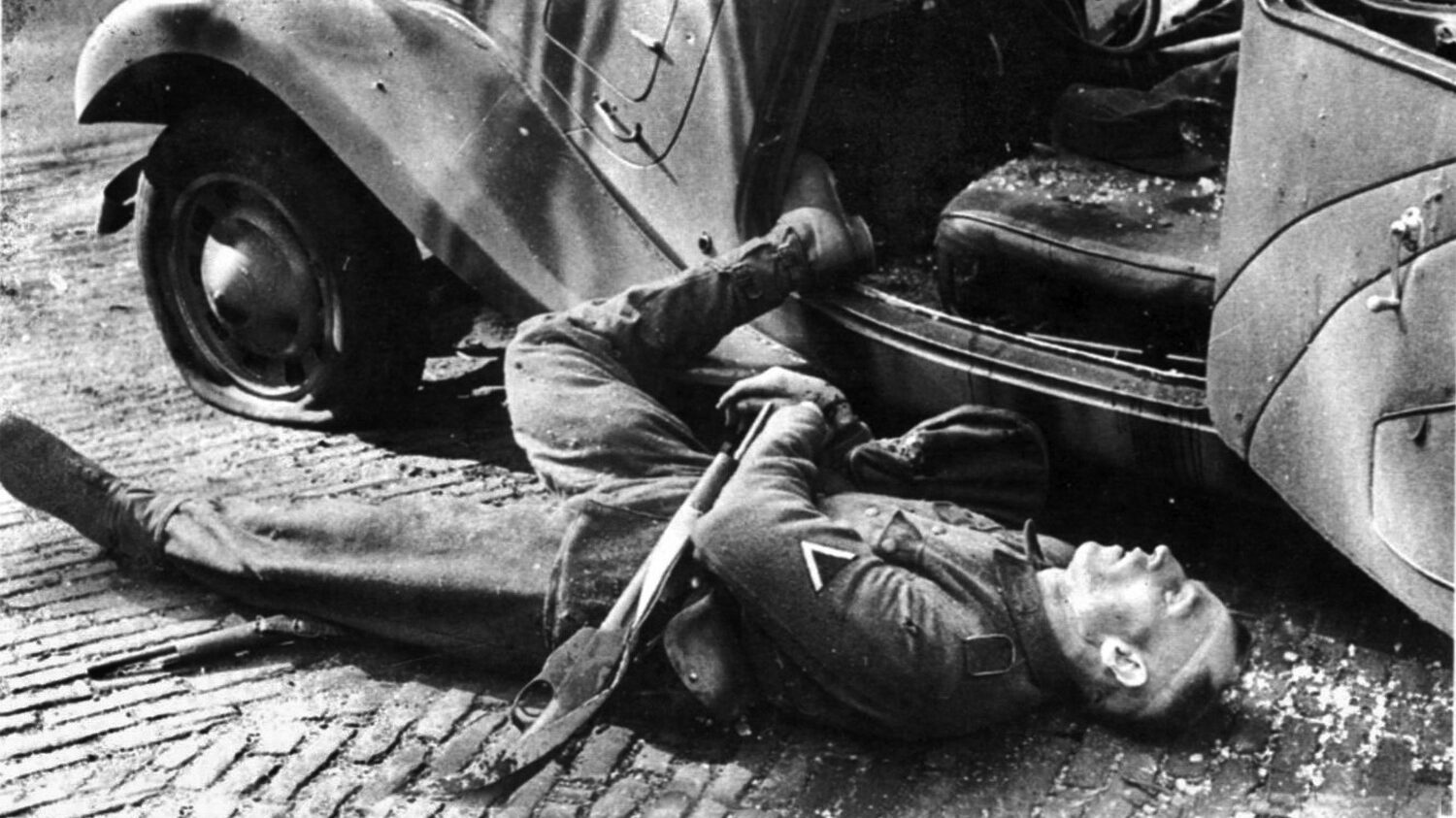
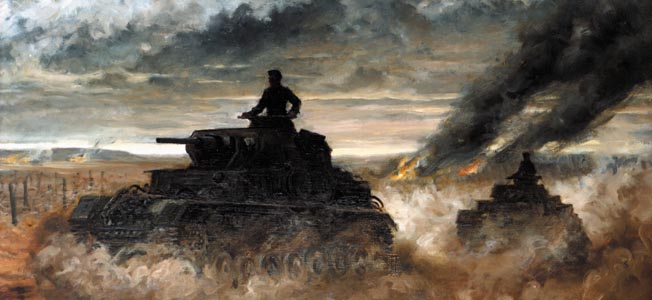
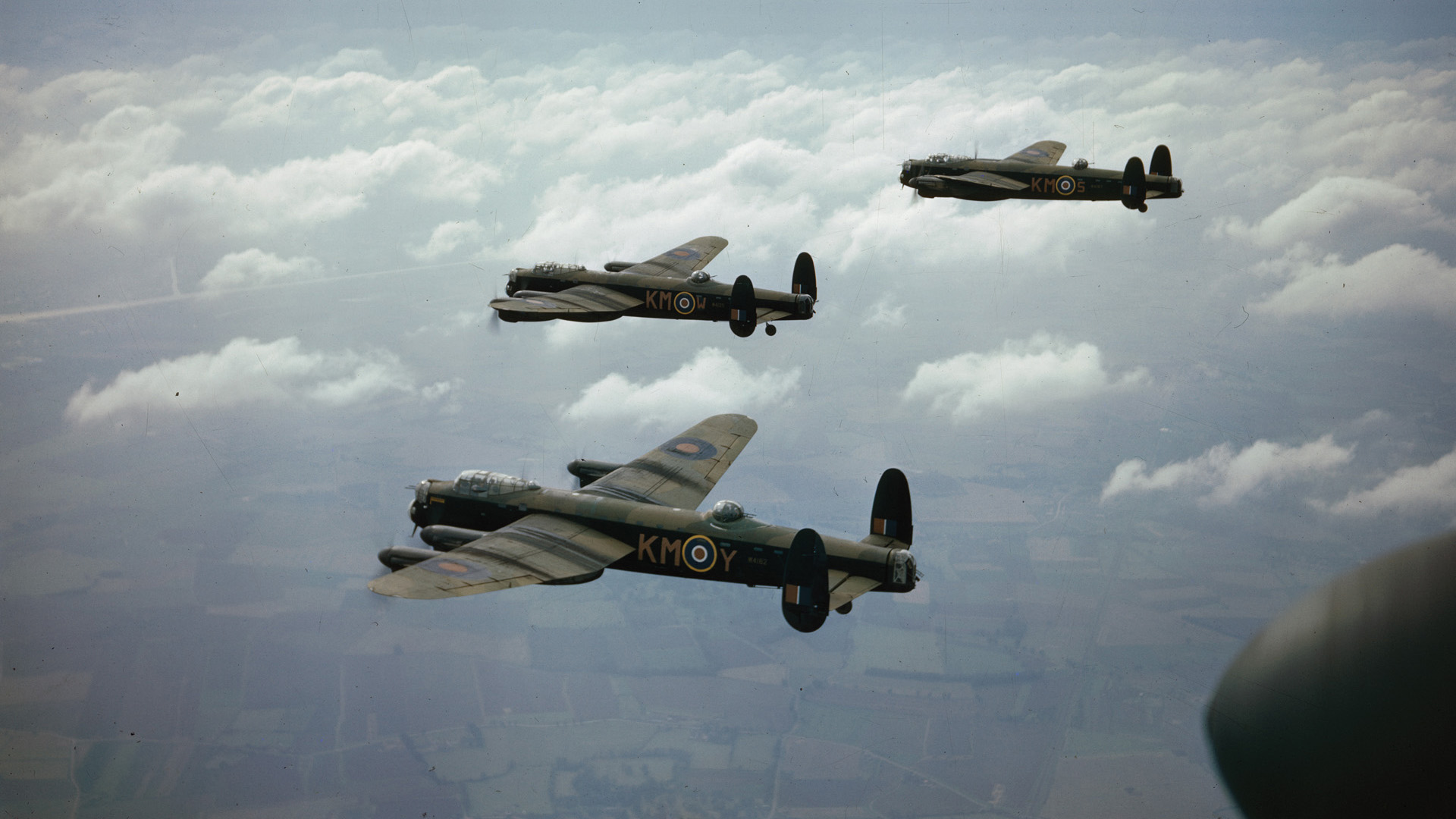
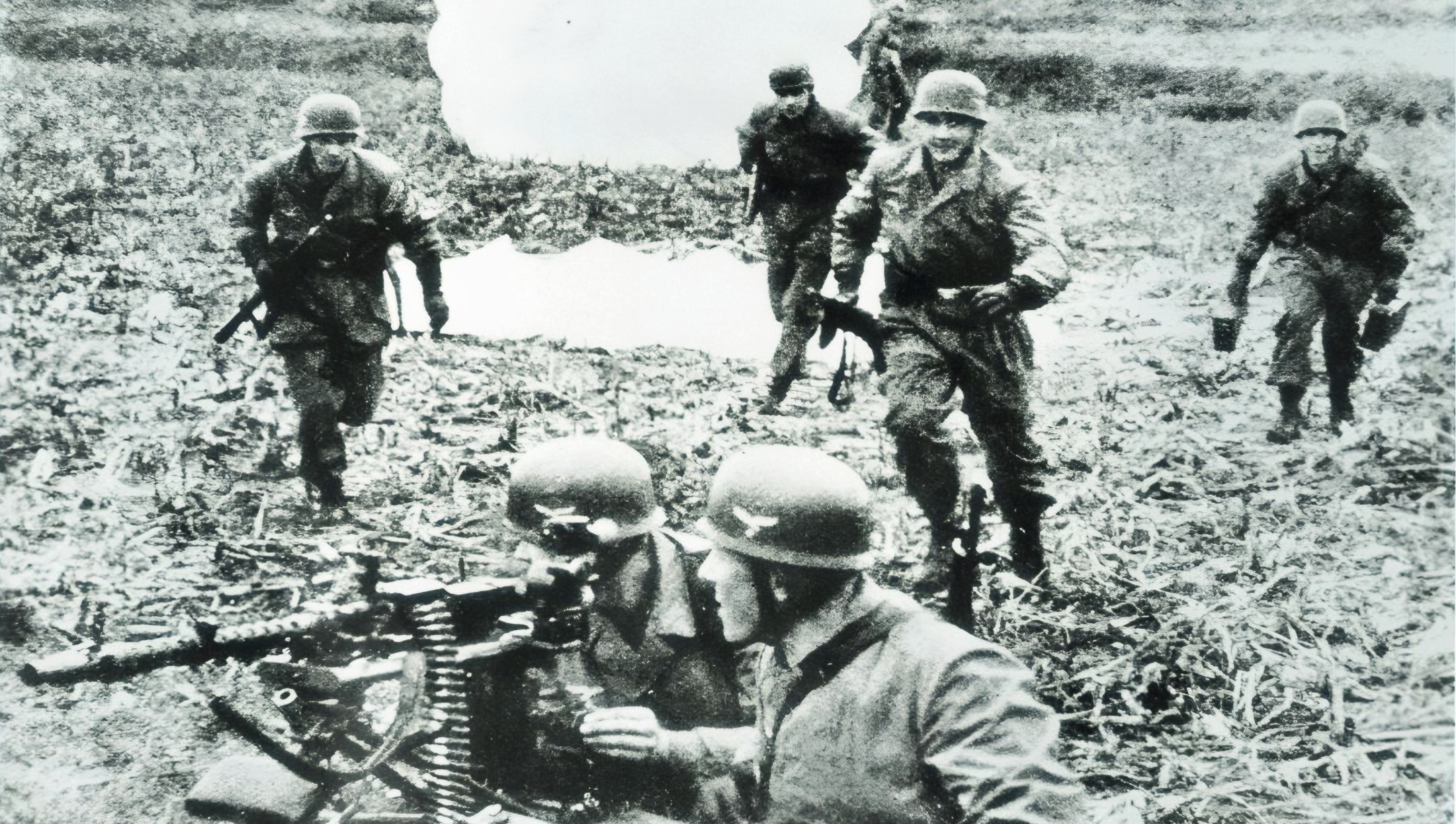
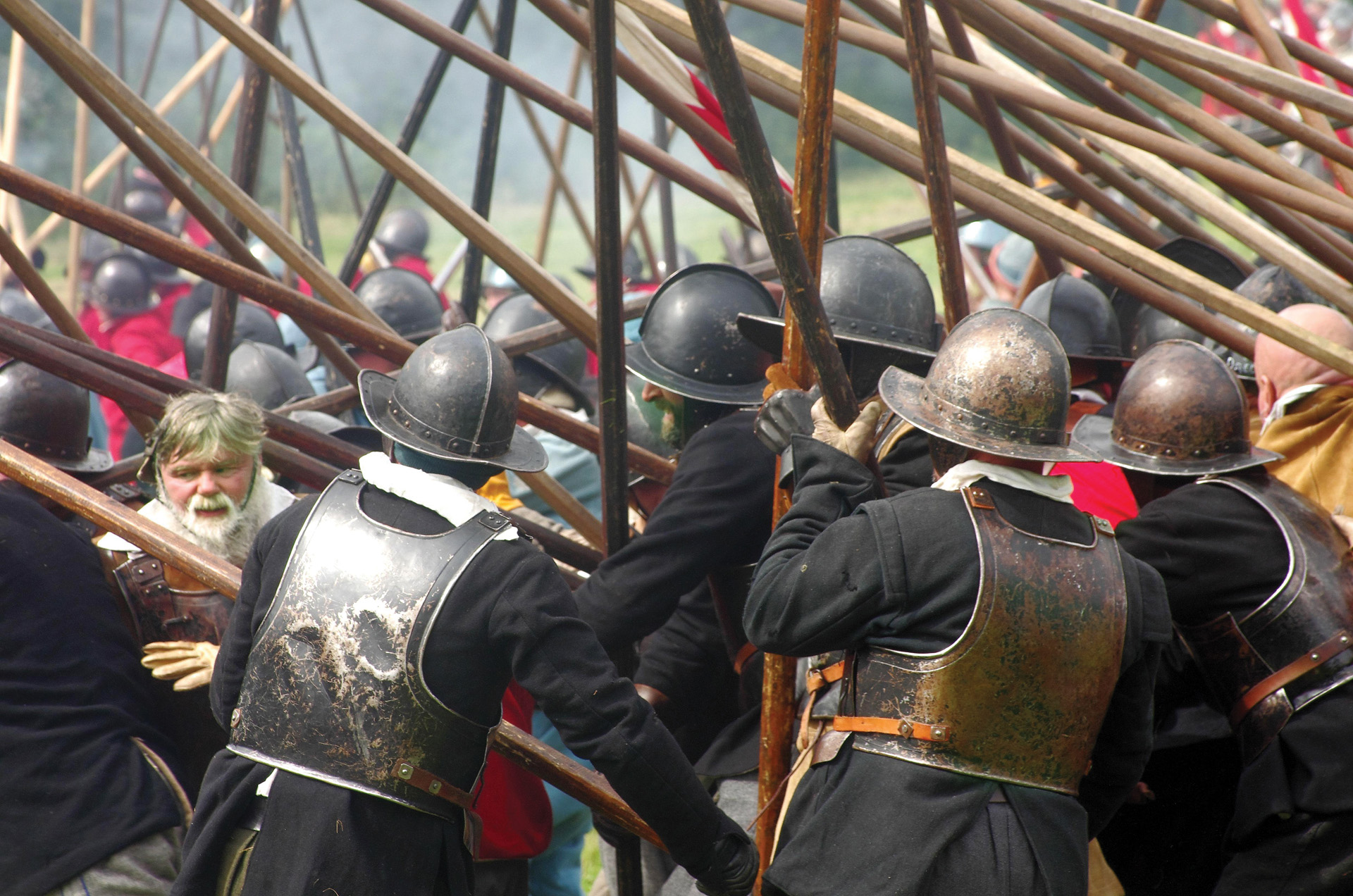
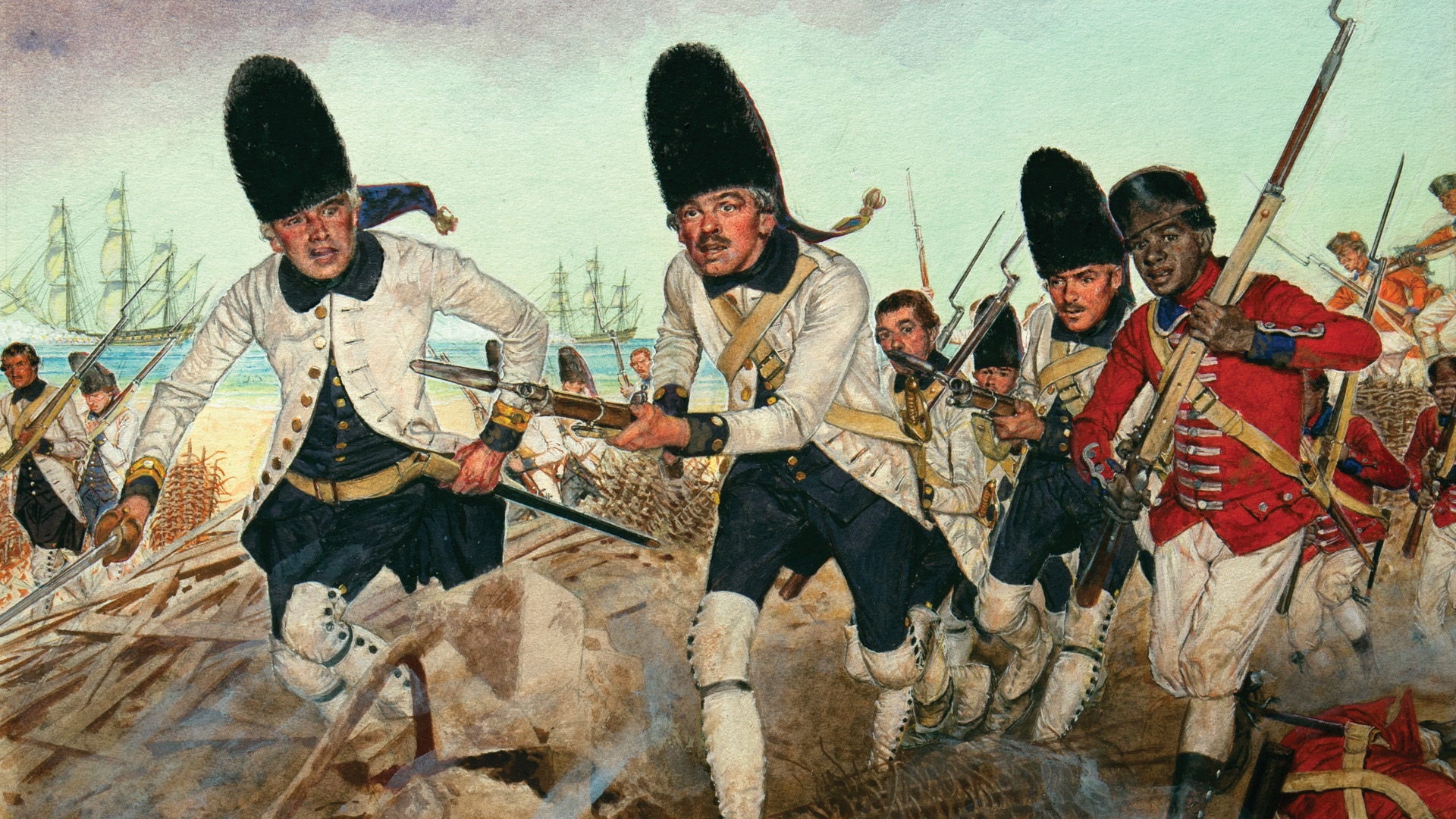
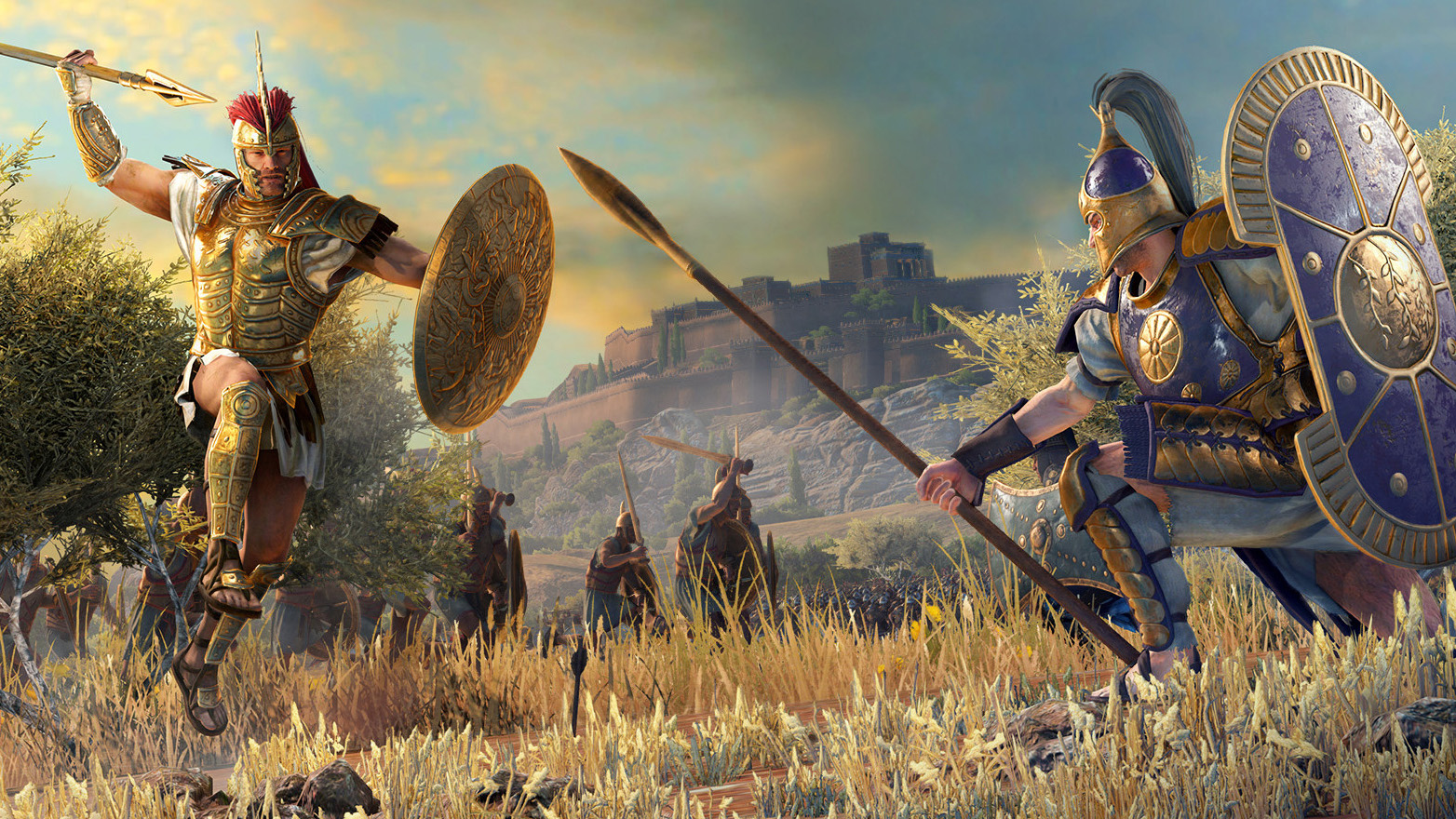
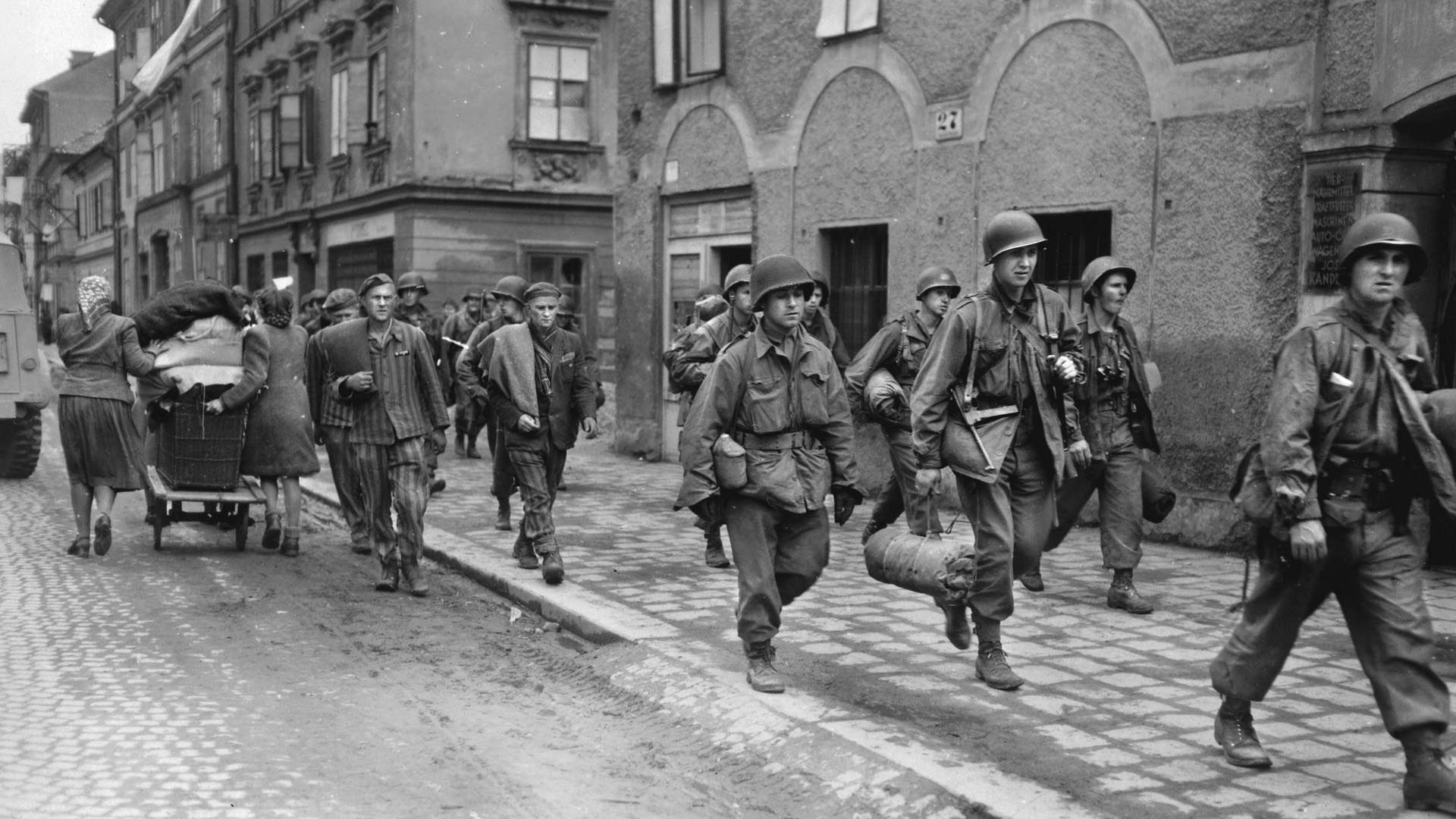
Join The Conversation
Comments
View All Comments